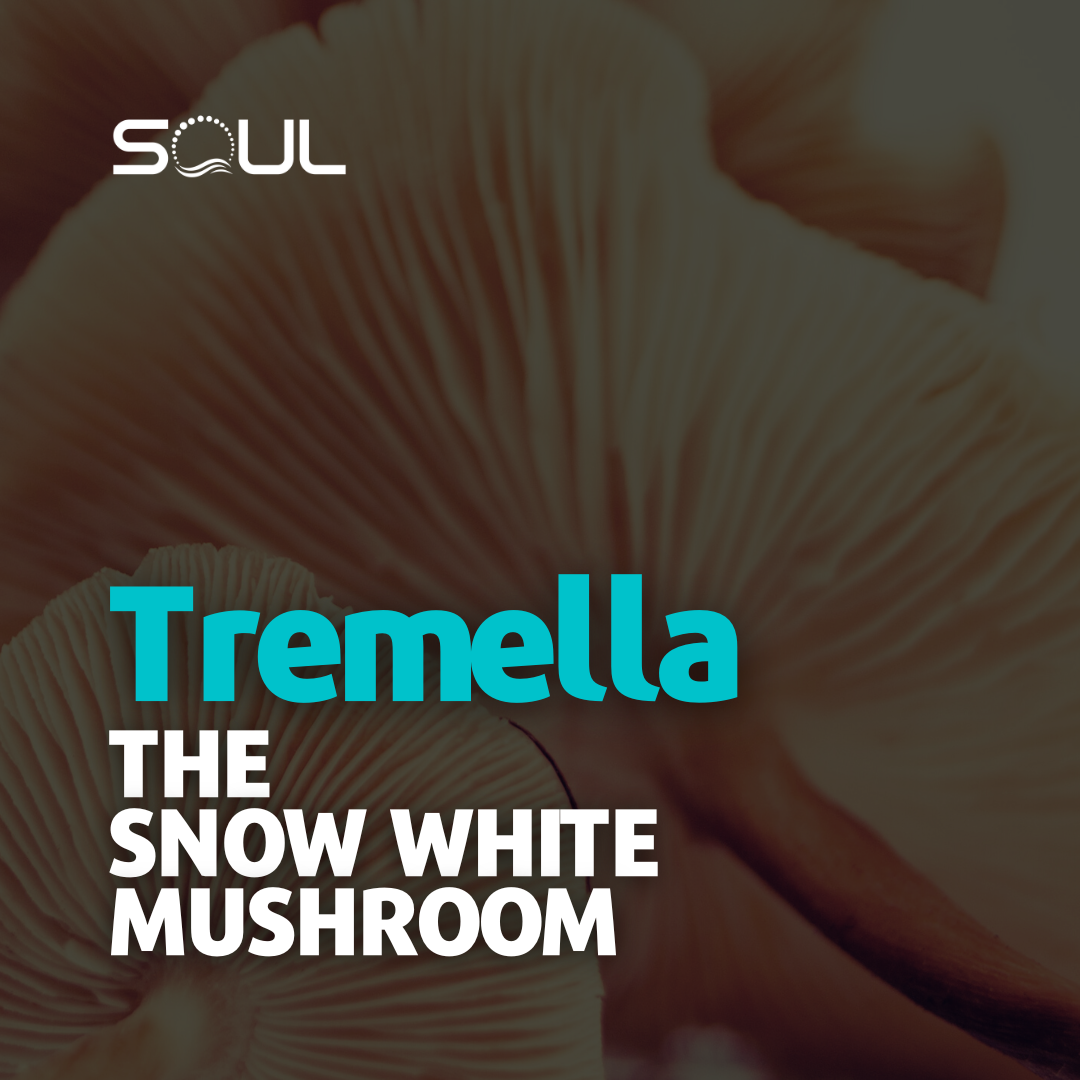
Fungus: The Hidden Beauty in Tremella fuciformis
Have you ever heard of snow fungus, also known as Tremella fuciformis? A gem in the world of natural health, this soft, gelatinous mushroom is a staple in Asian kitchens and apothecaries alike. Often gracing the bowls of Chinese soups or steeped in medicinal brews, snow fungus is celebrated not just for its texture, but for its powerful contributions to health and wellness. But what makes this unassuming mushroom so special? Let’s take a deep dive into the allure of snow fungus, exploring its beauty, benefits, and remarkable potential.
The Subtle Charm of Tremella fuciformis
Tremella fuciformis is no ordinary mushroom. Picture it: delicate, soft, and sponge-like, with a jelly-like texture that seems almost otherworldly. Snow fungus often appears in clusters, white or pale yellow, resembling tiny fans or umbrellas on the surface of fallen logs in humid, temperate forests. This is not a mushroom that grows in the dirt but rather a saprophytic fungus, deriving its sustenance from decaying wood, most commonly from trees like oak, elm, and maple. This unique growth pattern feeds into its own story of resilience—thriving on decay, it turns the end of one life into a new beginning, holding within it a treasure trove of health-boosting compounds.
Health Benefits: Beyond Beauty
In traditional Chinese medicine, Tremella fuciformis is revered as a “yin” tonic—a hydrator, a healer, and a source of vitality for the skin, lungs, and digestive system. Ancient practitioners prescribed it to moisten the body and soothe dryness, an ideal remedy for those battling dry skin, respiratory irritations, or digestive discomfort. Snow fungus, it seems, doesn’t just sit quietly on a log; it actively nurtures.
Its reputation as a skin-beautifying agent is well-earned. Tremella fuciformis is packed with polysaccharides—sugar molecules that draw moisture to the skin much like hyaluronic acid but are said to have an even greater hydrating capacity. This natural powerhouse works to lock in moisture, helping to maintain elasticity, minimize fine lines, and promote a youthful glow.
What’s more, snow fungus has demonstrated immune-boosting and anti-inflammatory potential, lending credence to its centuries-old use in treating respiratory and digestive issues. Research is still in its early stages, but studies like those published in the Journal of Ethnopharmacology and Planta Medica point to even more significant benefits: snow fungus extract has shown promise in animal studies as an anti-tumor agent, and in laboratory tests, it’s demonstrated antiviral activity against influenza. While human studies are still needed to confirm these effects, the mushroom's composition suggests a capacity to support and bolster the body’s natural defenses.
Nutritional Content: A Mushroom with Muscle
Beneath its soft exterior, snow fungus packs a nutritional punch. For a start, it’s a good source of carbohydrates, providing the body with a steady, plant-based energy source. But its benefits extend far beyond simple sustenance. Tremella fuciformis is a rich source of dietary fiber, essential for healthy digestion. Fiber supports gut health, promotes regularity, and plays a role in stabilizing blood sugar levels. For anyone looking to nurture their digestive system naturally, snow fungus offers a gentle, holistic option.
Its nutritional profile also boasts an array of vitamins and minerals. Snow fungus is rich in potassium, a mineral that’s critical for cardiovascular health, as it helps regulate blood pressure and ensure that the heart beats at a steady pace. Additionally, it contains calcium and iron—both essential for bone health and energy levels. Notably, snow fungus contains vitamin D, an unusual find in plant sources. Vitamin D is instrumental in calcium absorption, bone health, and immune function. This makes snow fungus a valuable addition for those seeking plant-based nutrition, especially in the colder months when sunlight exposure (and thus natural vitamin D production) is limited.
A Symphony of Wellness
But how exactly does Tremella fuciformis achieve such a wide array of effects? Its compounds seem to work harmoniously, each serving a unique role. Consider its polysaccharides—they don’t merely hydrate; they may modulate immune responses, balancing inflammation levels and helping the body adapt to stress. Its fiber content does more than aid digestion; it acts as a prebiotic, feeding beneficial gut bacteria and supporting a healthy microbiome, which in turn supports immune health, mood, and energy. In this way, snow fungus functions as more than the sum of its parts; it orchestrates wellness on multiple fronts, adapting to the body’s needs with a precision that is as ancient as it is cutting-edge.
Adding Snow Fungus to Your Life
As with any supplement, it’s wise to consult a healthcare professional before adding snow fungus to your routine, especially if you’re dealing with a medical condition. But for those seeking a plant-based, natural option to support skin hydration, immune resilience, and digestive health, Tremella fuciformis is a mushroom worth exploring.
These statements have not been evaluated by the Food and Drug Administration. This product is not intended to diagnose, treat, cure or prevent any disease. This article is for informational purposes only and is not a substitute for professional medical advice. Always consult your healthcare provider regarding any health concerns or before starting new supplements.
